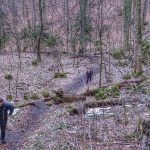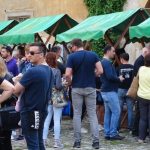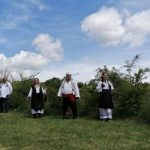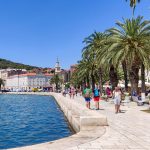During my visit to Požega last month, I was impressed by the enthusiasm with which Igor Marač, the owner of the Luks Bike Adventure agency, spoke about an event he was organising on the occasion of the day of the town of Požega, which he named the Bike & Hike Grgurevo. It was a good reason for me to spend the second Saturday in March in Požega, the largest town in central Slavonia.
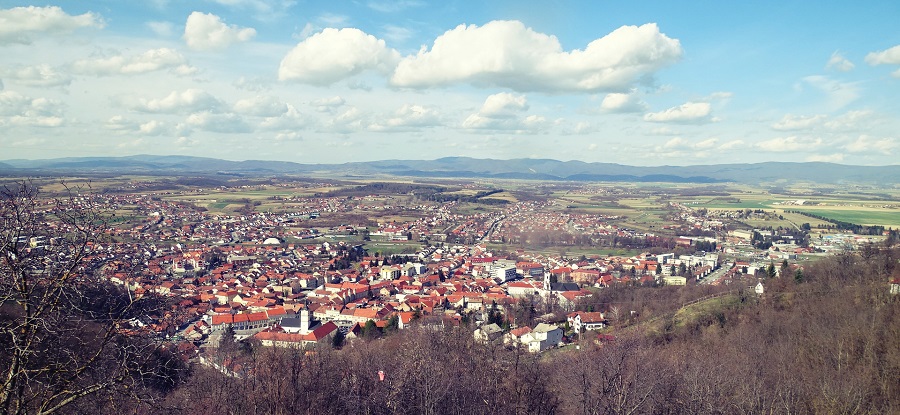
Požega is hidden in the hills, somewhat isolated, but for that very reason surrounded by a slightly mystical aura. Other major urban centres in Slavonia are located in the lowlands of the great rivers, the Danube (Vukovar) and its direct tributaries, Sava (Slavonski Brod) and Drava (Osijek), while Požega has the Orljava river and the Golden Valley.
After Našice, we leave the flat Slavonia and follow the winding road over Krndija. After the Gradac pass at 355 metres above the sea level, we descend on the Slavonski Brod road and turn left towards Požega. At Bektež, a village known for sparkling wines produced by the Josipović family, we descend southwest towards Požega, crossing the Golden Valley and enjoying the views offered by the surrounding hills. To the right or north of us are Krndija and Papuk, behind which there is the Podravina plain, and to the left or south is the Dilj hill, behind which is the Posavina plain. Unlike some other roads in Slavonia, this road is excellent, with occasional bends and windings breaking the monotonous driving experience.
At the entrance to Požega, large crowds, commotion, bustle. It is not surprising, given that this is the day of this town. We find out that there is also the oath-giving ceremony for the 24th generation of volunteer conscripts, some 360 of them, which has brought additional visitors to the town. On our way back, we will hear more about this event on the radio, including the fact that this is the second largest generation of female volunteers since the beginning of voluntary military training. It is appropriate news given that the day before was the International Women’s Day. Emancipation of the female gender has (finally) reached the Croatian armed forces.
The town centre hosts a local delicacy fair, bringing together producers from all over Slavonia (and Baranja). I meet Petar Dobrovac from Kneževi Vingradi, and Pero immediately offers me his sausages and pork rinds. He is always on the move, and in a couple of days, he will go to a fair in Dubrovnik.
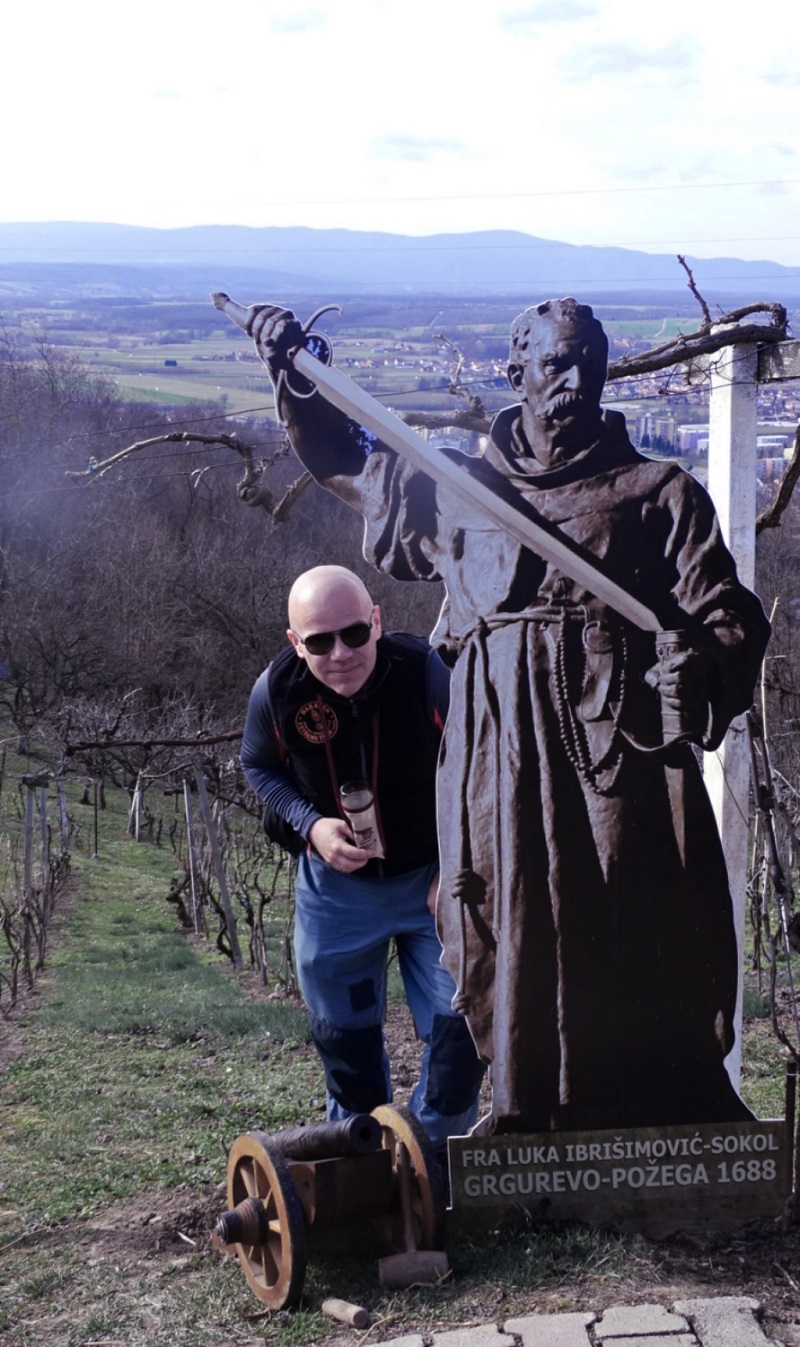
A parade of historical units followed the modern soldiers. We sit at a nearby cafe and watch the show: people from Herzegovina, Lika, historical groups from all over Slavonia. This militarisation of the town’s celebration is quite understandable. According to the folk tradition, on 12 March 1689 (on Grgurevo), f. Luka Ibrimimović expelled the Ottomans from Požega. After a living history performance at the cathedral of St. Teresa of Avila, which evokes this historical period, it is the finally time to head to the Požega Hills to enjoy the wines and local delicacies.
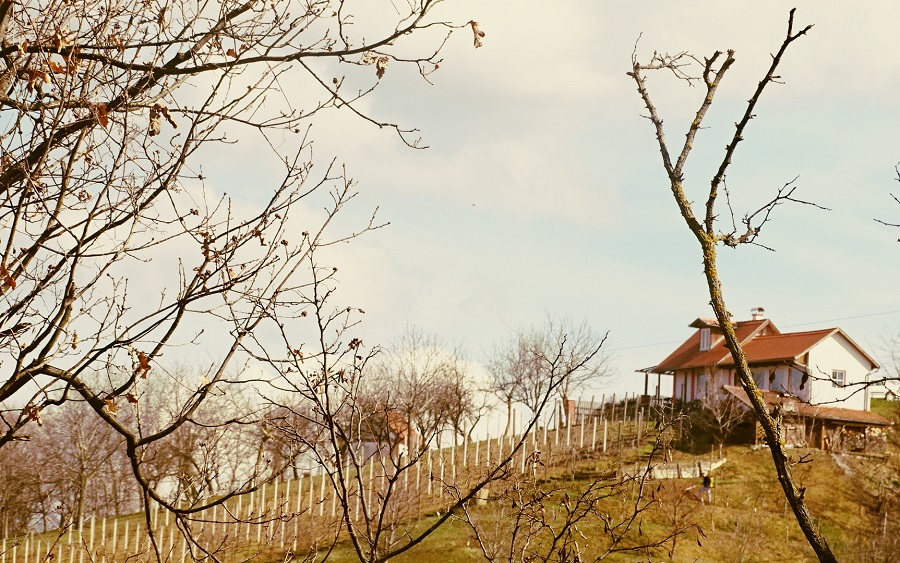
After passing by the St. Vid chapel and enjoying the town panorama, we first visit the Jurković wine house. Tamburitzas, čobanac, wine, brandy, cakes… a winning combination. However, the čobanac stew was mild, not as spiced with paprika as I am used to, but quite delicious. Besides, there is no accounting for taste. A mild čobanac can always be spiced up, but the spicy hot čobanac can be made any milder. What is important is for it to be delicious to as many visitors as possible, and there were a lot of them.
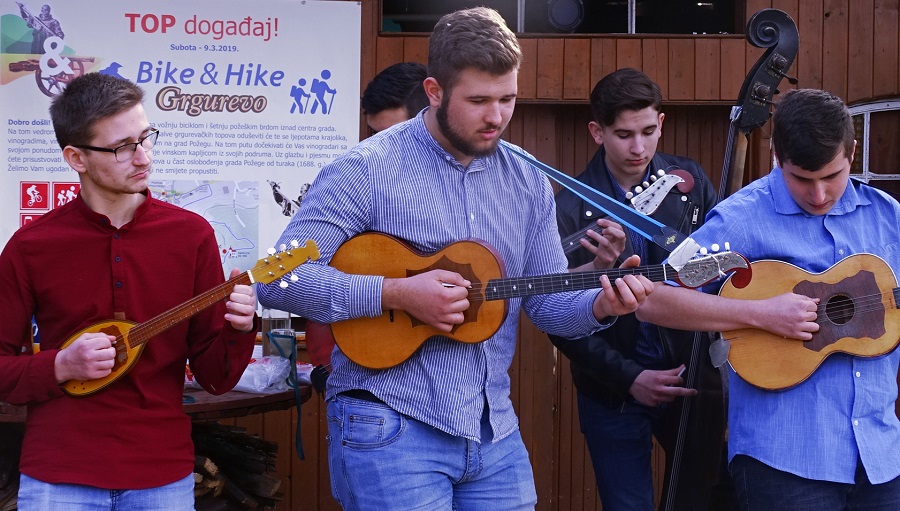
The entry ticket for this event was a glass in a convenient canvas wrap which cost just 25 kuna and included the food, wine and music at three locations. The next site was the Sajfert wine-house. There, in addition to the wine and brandy, we also tasted the traditional dish called gojtani with jam. It is an old-fashioned dish preserved thanks to the “Museum in the Pot” project implemented by the Požega Town Museum since 2012, developed by ethnologist and museum director Maja Žebčević Matić. The three essential ingredients needed to make the gojtani are flour, milk and eggs, prepared by frying them in the lard, and you will need a funnel as well. It is a particular dish of Cvelferija, the southernmost part of Vukovar-Srijem County, brought there in the 18th century by immigrants from the German-speaking countries.
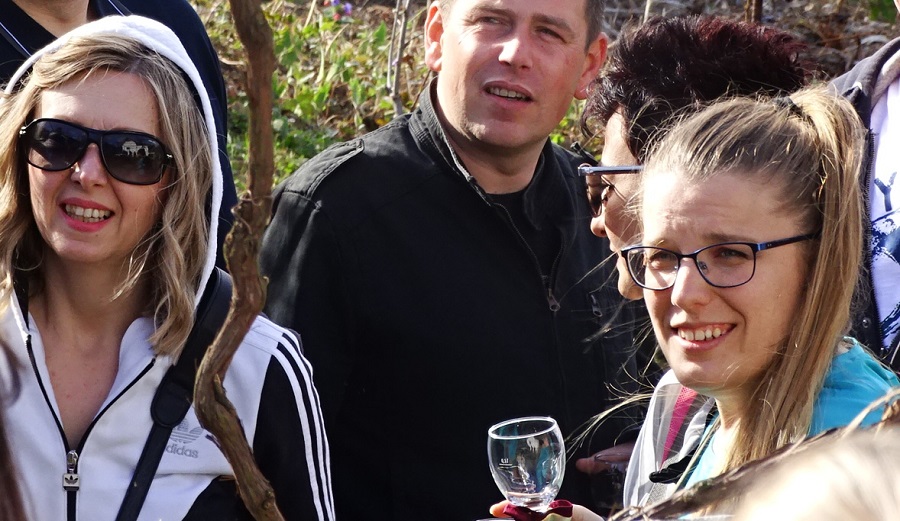
After tasting the gojtani, I pour the house wine, and the boss, Sajfert, leads me to the terrace of the wine house which features beautiful views. He offers me his own “kulenova seka” sausage, which is really great. And it has to be, given that he used to work as a food technologist for the Papuk meat industry in Požega, after being educated in Petrinja where the practical part of the courses was done together with the Gavrilović meat industry. We discuss the tourist potential of the Požega area, and I jokingly tell him that it is somewhat selfish from him that he is keeping these views just for himself and that he did not open the accommodation facilities in the house. He explains that it is not impossible something similar might happen in the future, and the participation in this event is actually the first step toward that. He also tells me that his cousin is successful in tourism, through the Zlatni Lug complex, which includes a restaurant, a bed and breakfast, and a campsite.
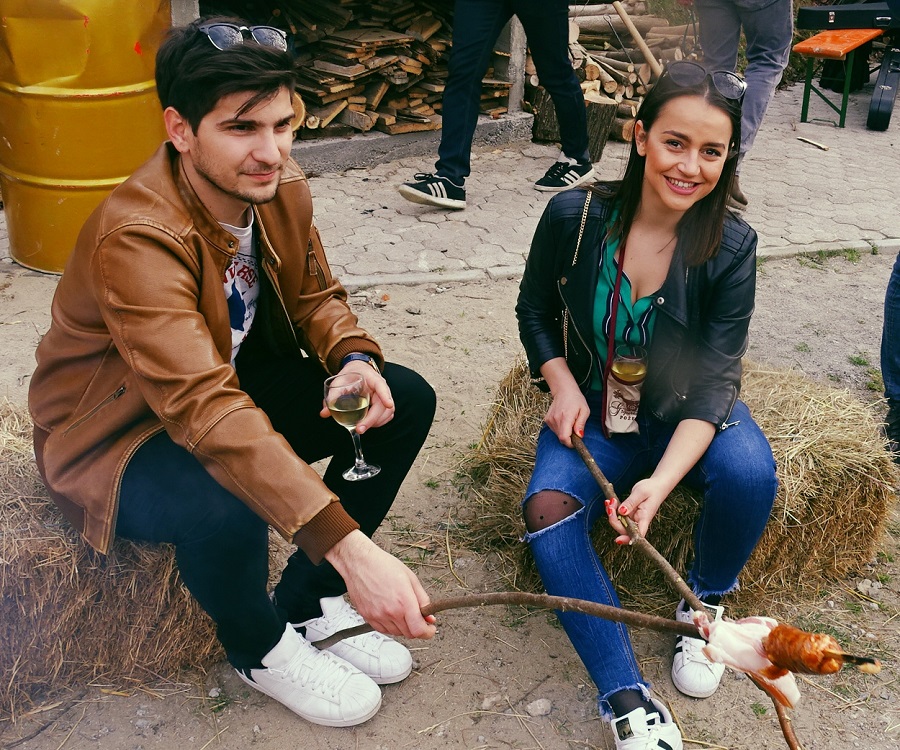
The third venue is the Vukušić wine house. There, the visitors are obliged to make a very difficult decision. They can either choose to grill their own bacon and sausage on a stick over the open fire, or they can just eat the ones made beforehand by the hosts. Of course, the tamburitza band and the wines in large quantities were also there.
We chose to walk along this route, but there were many cyclists and even horse riders who joined us. Cannon shots could be heard from the hills, probably so that the Ottomans would not come back and spoil the party. Who knows, if they had a more liberal attitude towards wine, they might have stayed longer in these parts.
More news about Slavonia can be found in the Lifestyle section.



